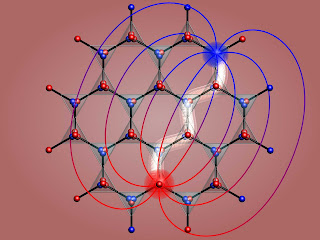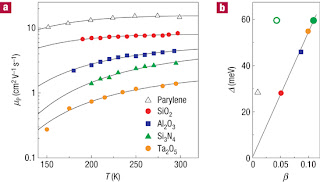Frank Fenner (1914-2010): a legacy of public science
Frank Fenner (1914-2010), one of Australia's most distinguished scientists died this week. He was an immunologist who is best known for leading the world-wide eradication of the smallpox virus and for introducing myxomatosis to stop the rabbit plague in Australia. The latter led to an interesting study in evolution and genetics, described in a recent Cambridge University Press book, Myxomatosis he recently co-authored (in his nineties!). He was also author of a classic text, Medical Virology , first published in 1970, now in its fourth edition. I partly know of Fenner because my father knew him, through working at the John Curtin School of Medical Research (JCSMR) at the ANU in Canberra. The prolific Fenner also wrote an exhaustive history of the JCSMR . [Three Nobel Prizes have been awarded for work done in the JCSMR]. What has immunology got to do with emergence and physics? I have always been fascinated by the existence of the Reviews of Modern Physics article, Immunolo










